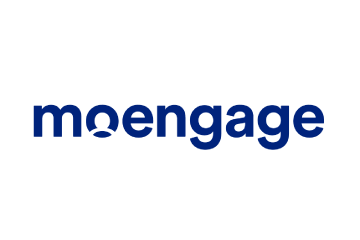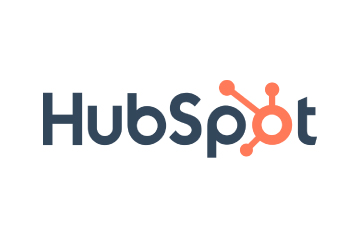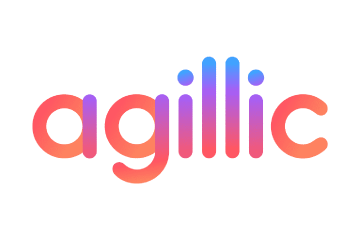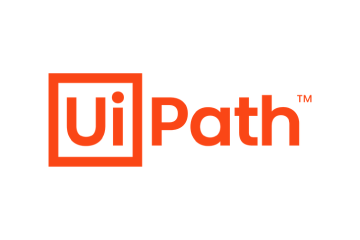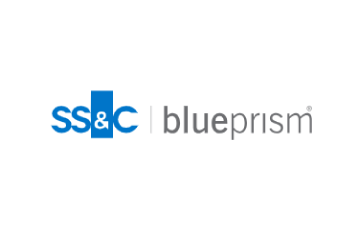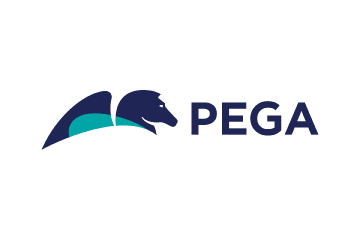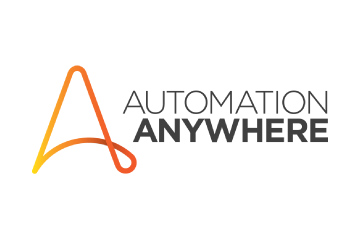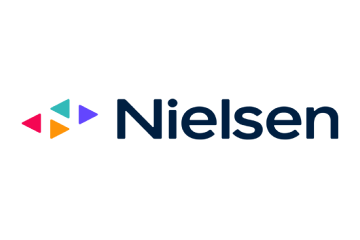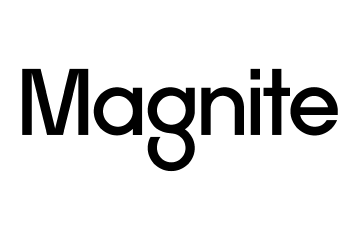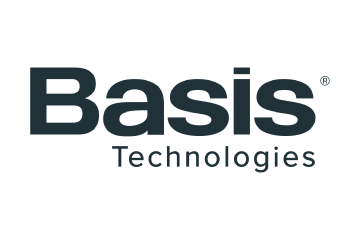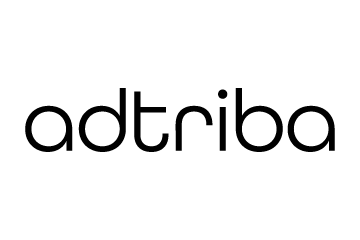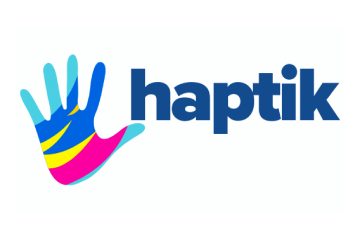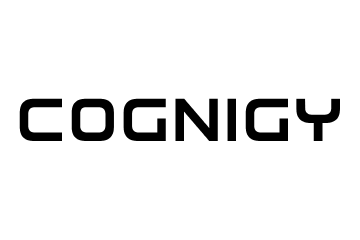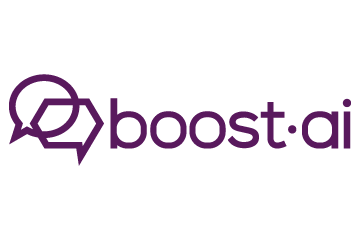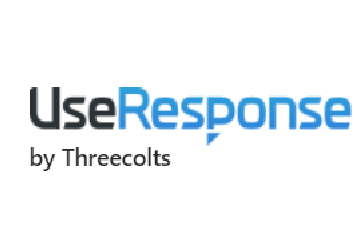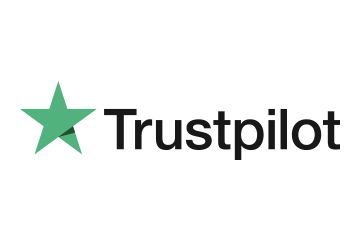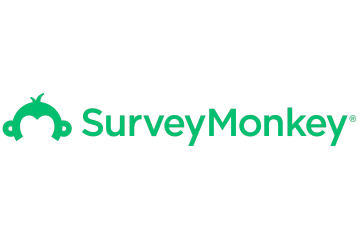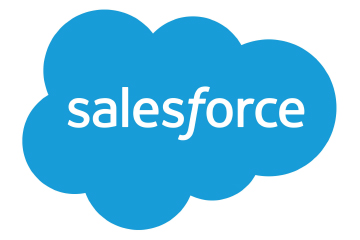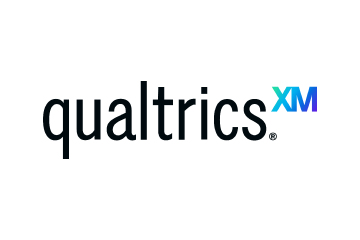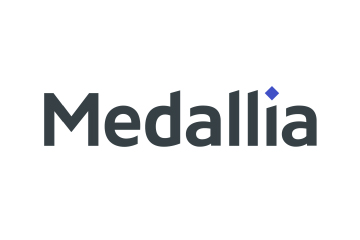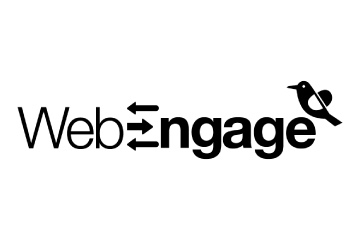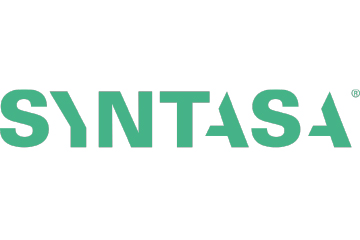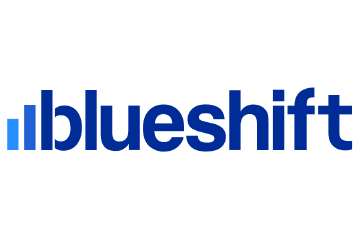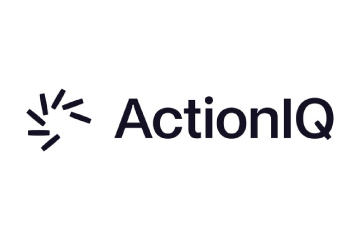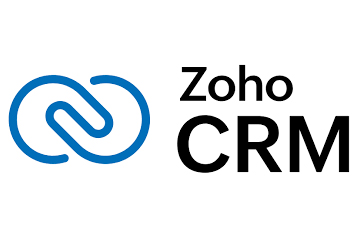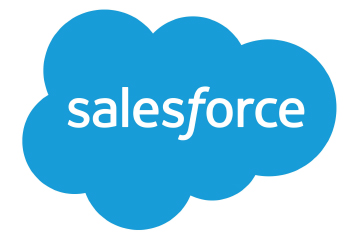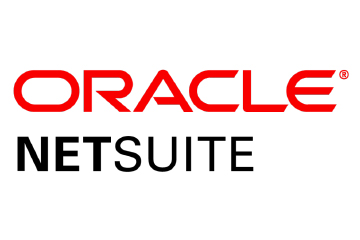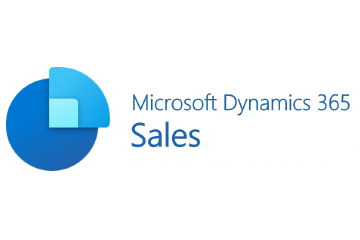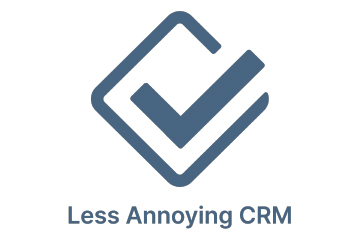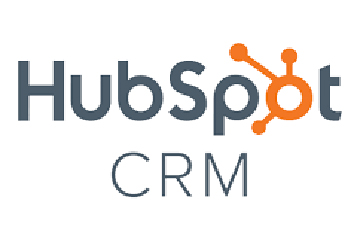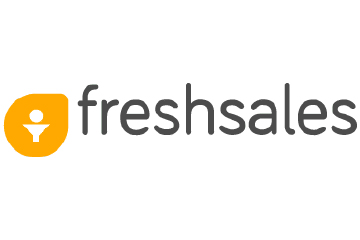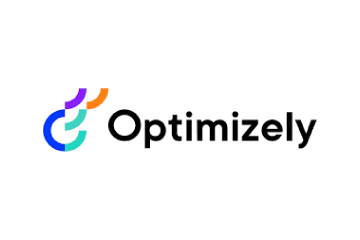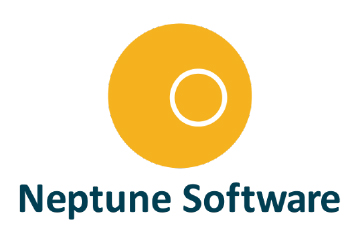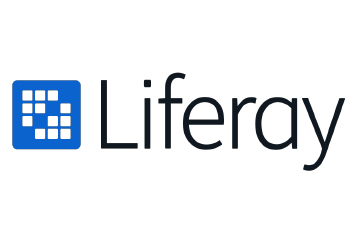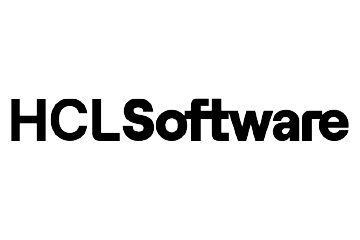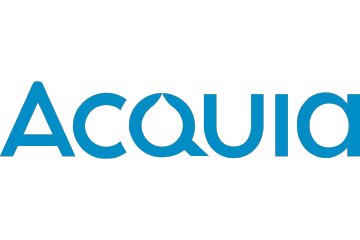How Competitor Bots are Targeting Your Prices, Ads, and Customers
In the rush to digitise, retailers embraced ecommerce—only to discover an invisible threat: bots that mimic customers, drain ad budgets, and hand over competitive advantage to rivals.
Topics
What to Read Next
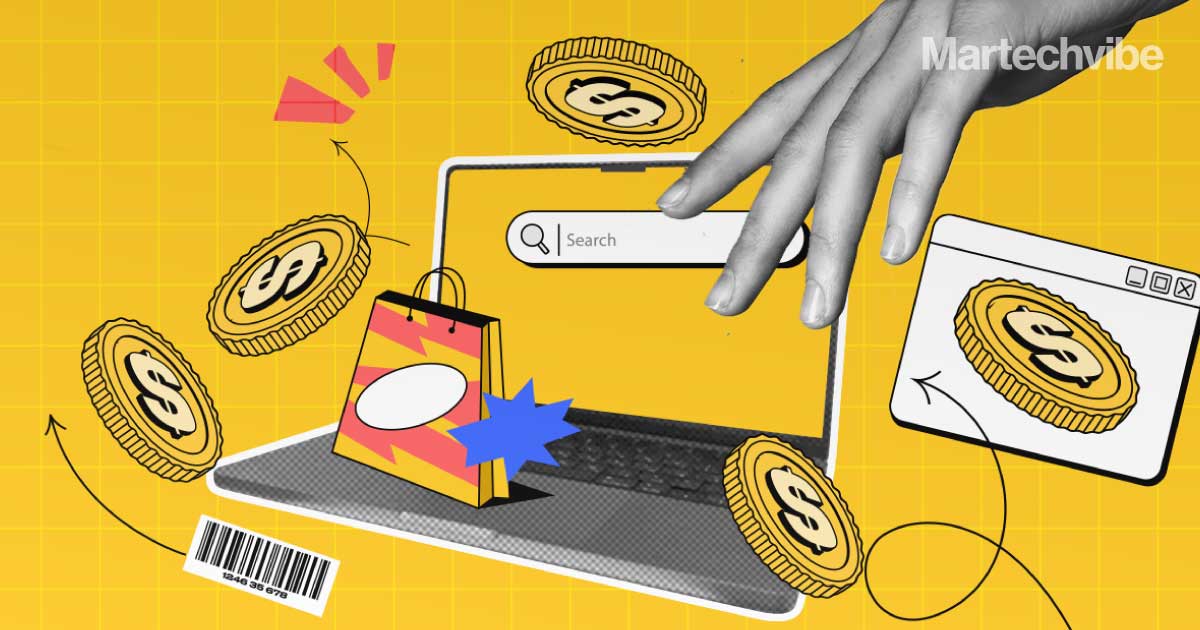
In the digital world, retailers have embraced online stores in an attempt to reach new audiences. Ecommerce has surged in popularity as consumers trade in-person shopping for the convenience of buying from home.
This has opened up a new market for retailers who take the initiative and pivot online. However, retailers are unaware that they’ve also made themselves vulnerable to a rapidly rising problem in ecommerce.
The race to reach a new audience has increased competition as retailers vie for space. This competitive landscape has led to the creation of an underhanded tactic known as price-scraping.
Competitors take advantage of AI to program bots specifically made for price-scraping. These bots undercut legitimate retailers by manipulating the market, creating a number of negative consequences for the target.
Up to 22% of global ad spend was lost due to ad fraud according to Juniper Research, identifying and exposing these devious tactics needs to be a priority for retailers. If the issue isn’t addressed, they risk reduced revenue and falling behind the competition.
Behind-the-Scenes of Price-Scraping Fraud
Price-scraping is a pervasive issue across the web, and the ecommerce sector has been particularly affected. This scheme takes place when bots “scrape” data from a retailer’s website, application programming interface (API) or mobile apps without permission.
The ecommerce industry is especially vulnerable as the prices of their products and services are listed publicly, giving fraudsters easy access. These bots aim to scrape as much data as possible, including prices, reviews, ratings, availability etc. This information can then either be used to undercut the retailer’s prices or be sold on to another party.
Competitors can then slowly turn your target audience away with lower prices, damaging revenue. Bots can either be developed by the competitor themselves or hired through a bots as a service company (BaaS). Price comparison websites can also use price-scraping bots to target retailers when gathering information for consumers.
While price-scraping might initially seem harmless, in reality, bots are causing considerable harm behind the scenes. Aside from assisting competitors in undercutting prices, bots also significantly drain advertising campaign budgets.
These bots can relentlessly click on ads, racking up impressions and clicks without any intent to purchase, quickly exhausting allocated budgets. This not only wastes resources but also skews campaign analytics, making it harder to optimise for genuine customer engagement, while competitors with lower prices and cleaner data gain the upper hand.
Marketing analytics are also impacted by price-scraping. Retailers frequently launch pay-per-click (PPC) advertising campaigns. The metrics for these campaigns can be heavily skewed by bots, limiting their effectiveness.
ALSO READ: In Conversation with Andy Cooney, Co-Founder of Marcode
Systems are tricked into believing bots are legitimate traffic. As a flood of bots enters the site, it looks like a campaign is performing well. The reality is far different however, as these bots don’t add any value by purchasing a product or service.
Data from DesignRush suggests that only 1 in 5 website visitors are legitimate human users, with the rest comprised of bots. With so many bots saturating the internet, businesses are unknowingly spending millions serving AI-driven traffic. This leads to retailers spending more on customer acquisition costs (CACs) as bots drive them up without converting, leading to a loss of revenue.
Consumers and Retailers Facing Losses
Bots have also been developed for another shady practice known as reselling. Reseller bots are designed to rapidly purchase high-demand products before humans can. Concert tickets, games consoles or limited-edition shoes are all targets for these bots. These items are then sold on for a profit. Resellers know how high the demand for these items are and that they can manipulate people into paying far more than the original cost.
The consumers aren’t the only ones that suffer however, as the retailers are taking a hit as well. While all of their inventory being bought seems like a benefit, the reality is they face multiple risks:
- Revenue Losses: Fraudsters frequently use stolen money to make these bulk purchases. As retailers are responsible for detecting fraudulent card payments, they will be the ones that have to reimburse the stolen funds.
- Inventory Losses: Retailers face a loss as they send out inventory that will never be paid for.
- Potential Legal Fees: It’s possible retailers will be hit with legal repercussions like fines if they fail to recognise and stop fraud.
Preventative Protection
Aggressive tactics like price-scraping are damaging legitimate businesses and leaving retailers at a loss. Bots have advanced to a point where they can effectively disguise themselves as normal web users to carry out fraud unhindered.
These bots aren’t immune to detection however, as long as retailers are armed with the tactics to expose them:
- Regular Traffic Monitoring: Retailers can determine if their website is being targeted by bots by taking a closer look into their traffic. A spike in site traffic without a corresponding spike in conversions is an indicator of bot activity, as they click through the site to scrape data and leave without a purchase. Further suspicious signs like a high bounce rate or questionable accounts could also be down to bots.
- Implementing Fraud Detection Tools: To combat non-human clicks inflating CACs, fraud tools can identify and filter out bot-driven clicks. After detecting a non-human click, these tools prevent the bot from seeing the ad again, effectively blocking further interactions and safeguarding campaign budgets.
Keeping Traffic Clean
Advancements in AI and automation mean bots will only continue to become more sophisticated and dangerous. Fraud isn’t going anywhere, and retailers need to prepare themselves and protect their budgets from competitors and threat actors.
Bots are most effective when blending in with legitimate traffic. With the knowledge of how they operate, retailers can expose bots and prevent damage from the start instead of reacting after the fact. Retailers can then be safe in the knowledge that their profits aren’t being divided up by fraudsters.
ALSO READ: Optimising Ad Campaigns: Growth, Retention, and Everything in Between











